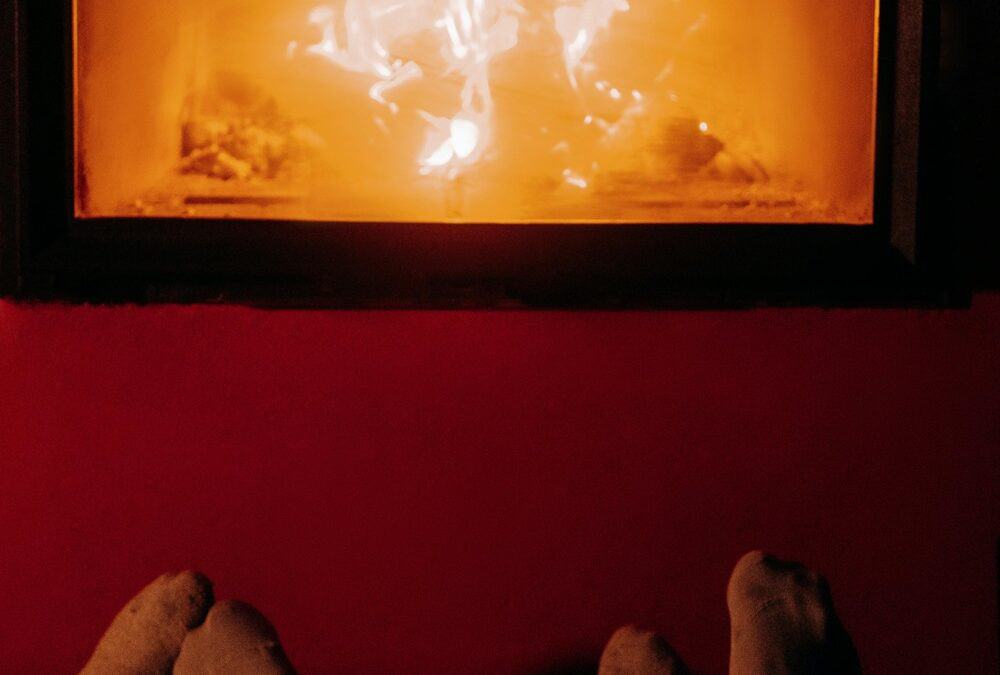As winter approaches and the cold sets in, staying warm at home has never been more critical. Thankfully, there are many ways to heat your home while effectively ensuring your family’s safety. One such method is a twin wall flue system – an efficient heating solution that provides peace of mind, knowing that you and yours are safe from any possible hazards.
In this article, we will explore the benefits of having a twin wall flue system installed in your home so you can make an informed decision regarding optimizing your comfort as temperatures drop.
What is a Twin Wall Flue System and How Does it Work
A twin wall flue system is a chimney with excellent insulation properties to withstand higher temperatures. This type of flue consists of two concentric pipes, each made of different materials and varying thicknesses. The inner and outer pipes create a passage between them that causes the flue gases to be expelled outside the building while keeping the air supply needed for combustion in balance.
The outer layer keeps the heat inside and prevents it from spreading to combustible materials in your home. The inner layer carries combustion gases away from the stove or fireplace. The twin wall flue system can be used with fireplaces and stoves and provides a safe, reliable, and effective way to keep your home warm while protecting it from fire dangers.
Benefits of Installing a Twin Wall Flue System in Your Home
One of the main benefits of a twin wall flue system is its superior level of safety. These systems are designed to ensure that no sparks or embers escape from the chimney, reducing the fire risk. In addition, a twin wall flue system allows for greater flexibility in placement options within your home, as it does not require a traditional masonry chimney. It means you can have your fireplace or stove in different locations, giving you more options for design and layout.
Moreover, twin wall flue systems are highly efficient when heating your home. The insulation properties of the two concentric pipes prevent heat from escaping and ensure that all the heat generated is directed toward warming your home. It can help you save on energy costs in the long run, making it an eco-friendly option.
Tips for Ensuring Safe Installation of a Twin Wall Flue System
While twin wall flue systems are a safe and effective heating solution, it is essential to have them installed by professionals. It will ensure that the system is appropriately set up and reduce any potential risks of malfunction or damage. It is also crucial to regularly maintain and clean your twin wall flue system to prevent any blockages or buildup of soot.
Additionally, it is essential to carefully follow the manufacturer’s instructions and use proper materials when installing a twin wall flue system. It includes using high-quality mortar, sealants, and insulation materials to ensure the system is secure and functioning effectively.
Identifying Potential Issues with Your Twin Wall Flue System
Regularly inspecting your twin wall flue system is crucial for identifying any potential issues before they become significant problems. Some signs of a malfunctioning twin wall flue system may include smoke or fumes entering your home, discoloration or damage to the walls near the chimney, or difficulty maintaining a fire in your fireplace or stove.
If you notice any of these issues, it is important to immediately stop using the system and contact a professional for inspection and repairs. Ignoring these warning signs can lead to serious safety hazards for you and your family.
How to Get the Most Out of Your Twin Wall Flue System
To ensure that your twin wall flue system is functioning at its best, it is recommended to be professionally inspected and cleaned once a year. It will help maintain its efficiency and safety and extend its lifespan. In addition, make sure to use dry and well-seasoned wood for your fireplace or stove. Wet or unseasoned wood can lead to excessive smoke and creosote buildup, increasing the likelihood of a chimney fire.
Lastly, always follow proper safety precautions when using your twin wall flue system. It includes having a fire extinguisher nearby, keeping combustible materials away from the fireplace or stove, and never leaving a fire unattended.
Common Maintenance Practices for Twin Wall Flue Systems
Regular maintenance is vital to ensuring the safety and efficiency of your twin wall flue system. Some standard maintenance practices include cleaning the chimney flue, checking for any damage or blockages, and inspecting the seals and insulation materials for wear and tear.
In addition, it is essential to regularly check the exterior of your twin wall flue system and the roof or wall where it exits your home for any signs of damage or deterioration. It will allow you to address any issues before they become significant problems.
Ways to Enhance the Efficiency of Your Twin Wall Flue System
Aside from regular maintenance, there are also some ways to enhance the efficiency of your twin wall flue system. One way is to install a damper or draft regulator, which can help control the amount of airflow and improve combustion. Another option is to add insulation around the pipes to prevent heat loss.
Also, consider installing a secondary heat source, such as an electric heater or a thermal mass wall, to further reduce energy costs and improve the overall efficiency of your home’s heating system. Additionally, using a rain cap on the chimney can prevent water from entering and damaging the flue pipes.

Recent Comments